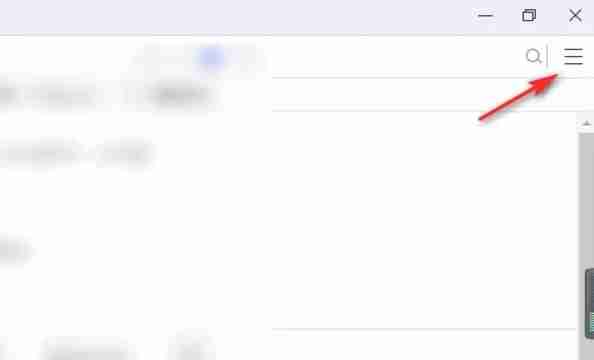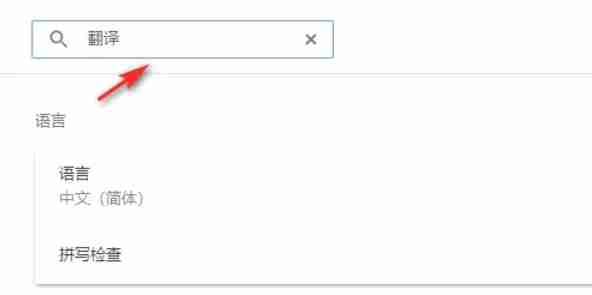Mastering the Google Chrome Webpage Translation Feature: A Comprehensive Guide
This guide provides a step-by-step walkthrough on efficiently translating webpage content using Google Chrome, encompassing full-page and selected text translation, along with personalized translation setting adjustments. By following these instructions, you'll navigate multilingual websites with ease.
Step 1: Access the Chrome Menu
Locate and click the Chrome menu (usually represented by three vertical dots or three horizontal lines) in the upper right corner of your browser window.

Step 2: Navigate to Settings
In the dropdown menu, select the "Settings" option to open the browser's settings page.

Step 3: Locate Translation Settings
Utilize the search bar at the top of the settings page. Enter "Translate" or "Language" to quickly find the relevant settings.

Step 4: Access Language Settings
Identify and click the "Languages" or "Translation" option.
Step 5: Manage Languages
This section displays a list of languages supported by your browser. Here you can add, remove, or rearrange languages.

Step 6: Enable Automatic Translation
Crucially, ensure the option "Offer to translate pages that aren't in a language you read" is enabled. This will prompt Chrome to automatically offer translation for non-default language webpages.
By following these steps, you'll unlock Google Chrome's powerful translation capabilities, enabling seamless browsing across multiple languages.
 Home
Home  Navigation
Navigation






 Latest Articles
Latest Articles









 Latest Games
Latest Games












